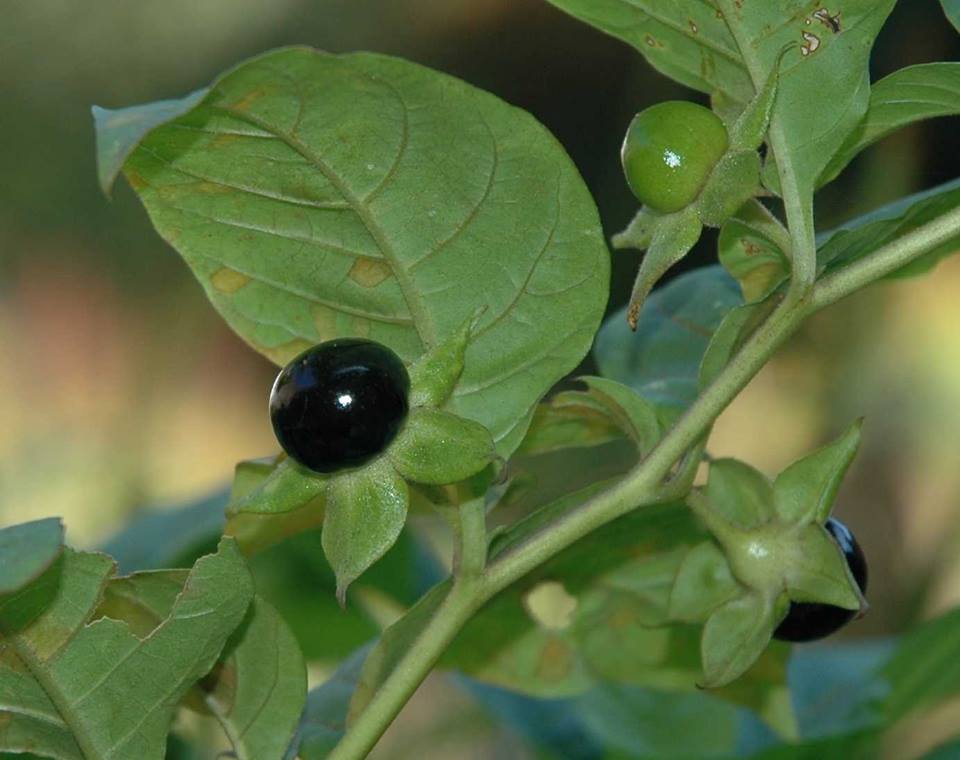Atropa bella: Red Data Book of Armenia

VU B 1 ab(ii,iii,iv) + 2 ab(ii,iii,iv)
Category. Vulnerable species. The extent of occurrence is less than 20000 km2, the area of occupancy is less than 2000 km2. In the first edition of the Red Data Book of Armenia it was included under Category 3: Reducing species. It is not included in the Annexes of CITES and that of the Bern Convention.
Description. Perennial herb up to 2 m. Rhizome polycephalous. Stems glaucous, glabrous. Leaves ovate, large, up to 12 x 20 cm. Flowers violet– greyish–brown. Bacca black, shiny, with numerous seeds. Poisonous plant.
Distribution. In Armenia it grows in Lori, Idjevan and Zangezur floristic regions. EOO is 5700 km2, AOO is 48 km2. Locations are 7. Besides Armenia the species grows in Ciscaucasia, East Caucasus, Transcaucasia, countries of the Mediterranean Sea basin, Crimea, Anatolia and North Iran.
Ecological, biological and phytocoenological peculiarities. Grows in lower and middle mountain belts, at the altitudes of 800–1700 meters above sea level, in the forests, glades and along riversides. Flowering in June–August, fruiting in August–September.
Limiting factors. Restricted extent of occurrence and area of occupancy, loss/degradation of habitats caused by the forestry activities, expansion of arable lands, uncontrolled recreation.
Conservation actions. Part of the populations grows in "Shikahogh" State reserve and "Dilidjan" National Park. Necessary: monitoring of the population state.
Suggestions
 The Ministry of Environment sent a letter international partners to draw their attention to the real danger of environmental disasters as a result of Azerbaijan's large-scale aggression towards the territory of Armenia
The Ministry of Environment sent a letter international partners to draw their attention to the real danger of environmental disasters as a result of Azerbaijan's large-scale aggression towards the territory of Armenia
 Vicia pisiformis: Red Data Book of Armenia
Vicia pisiformis: Red Data Book of Armenia
 Vavilovia formosa: Red Data Book of Armenia
Vavilovia formosa: Red Data Book of Armenia
 Trigonella capitata: Red Data Book of Armenia
Trigonella capitata: Red Data Book of Armenia
 Trigonella astroides: Red Data Book of Armenia
Trigonella astroides: Red Data Book of Armenia












